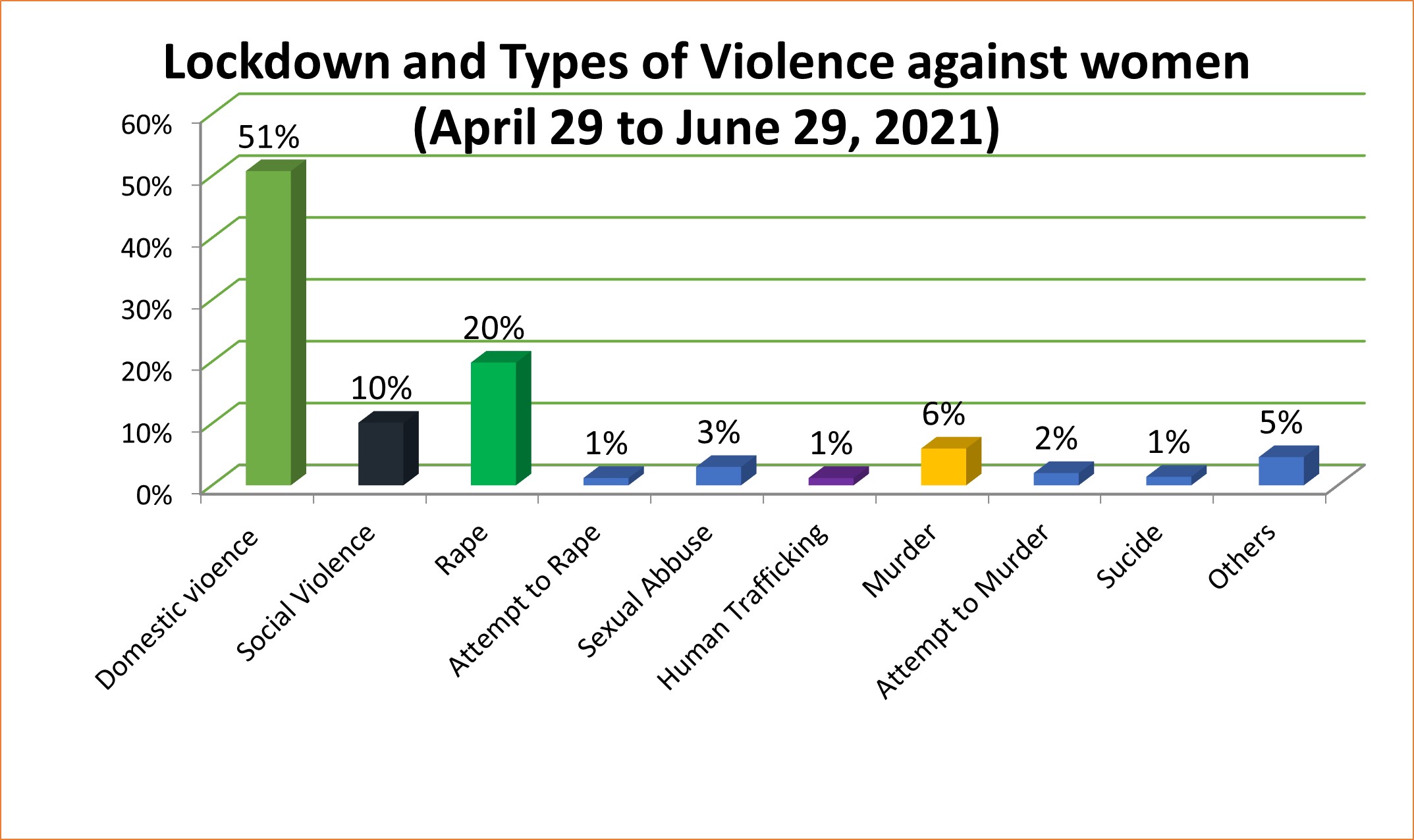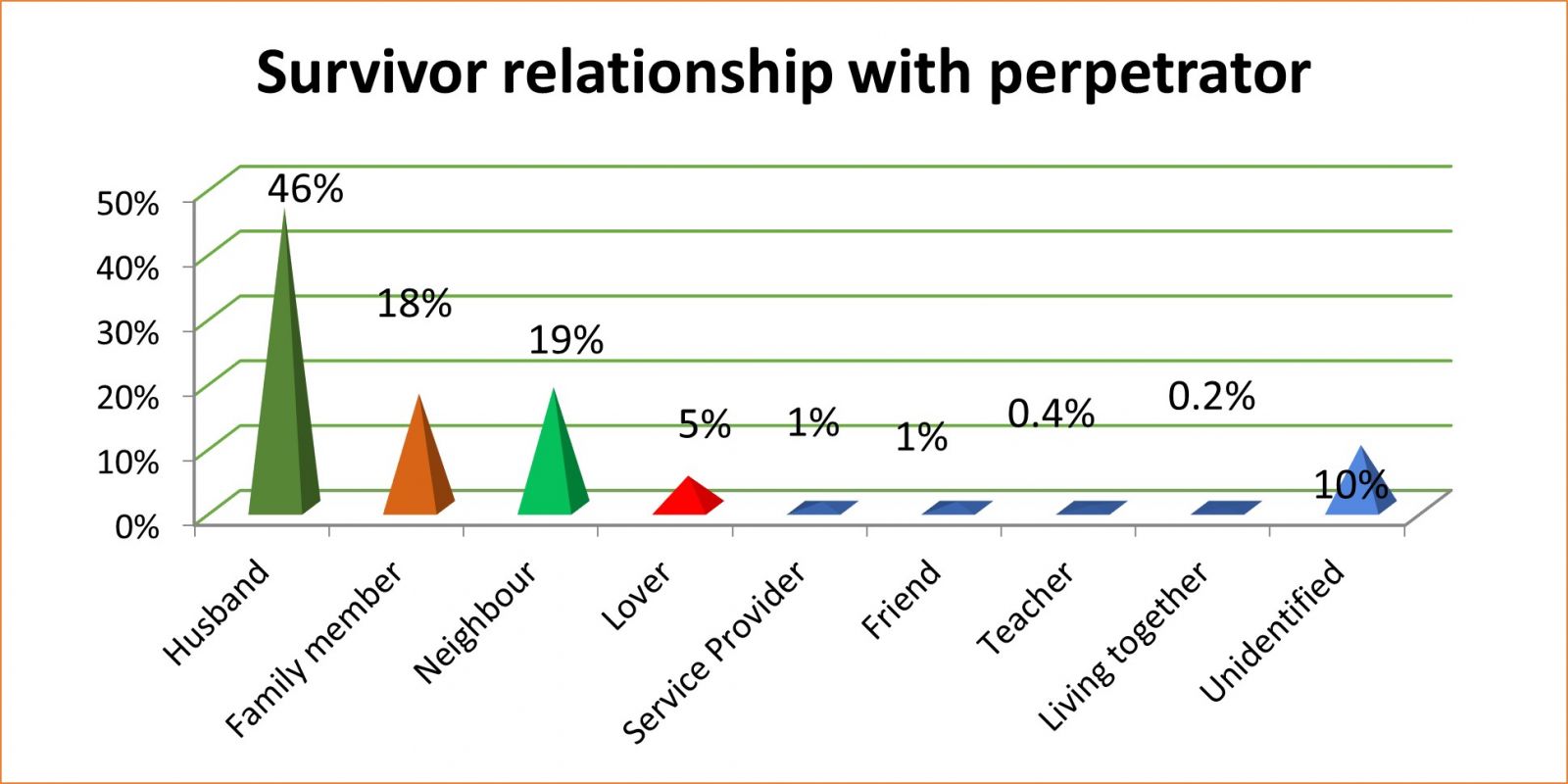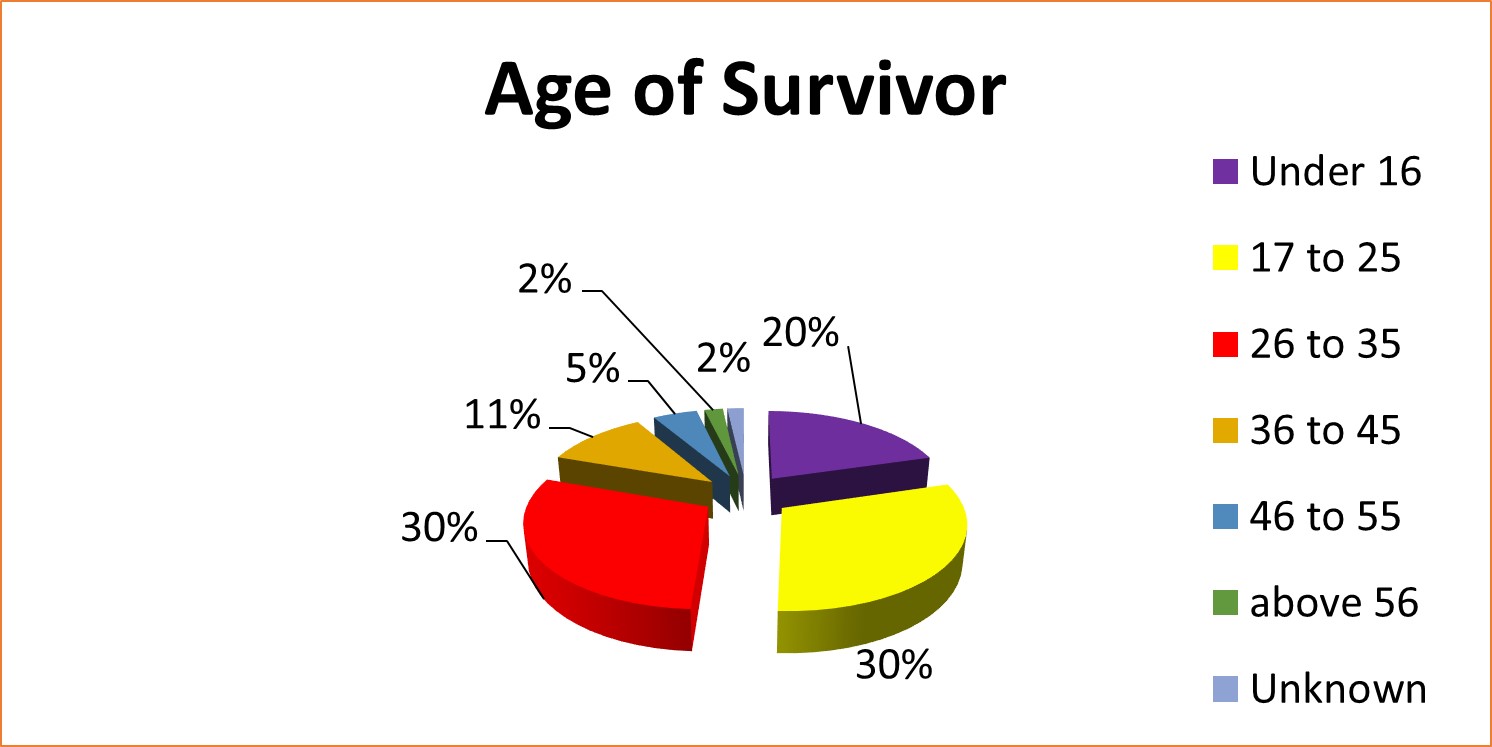
For Nepali verison, Please click here
The second surge of Covid-19 has yet again shaken the world, with the number of infections continuing to rise. In Nepal, with the passing days, a situation is unfolding that looks chillingly familiar from the first wave of Covid-19 in 2020. Covid-19 cases are skyrocketing, hospitals are overwhelmed, and the economic fallout has further pushed people into uncertainty and fear. As the Nepal government continues to issue prohibitory order, the attention is focused on containing Covid-19. Thus, at present, maintaining the social distancing, imposing restrictions on movement and ‘stay at home’ protocol has been placed to prevent from getting Covid-19.
However, it is of great concern that such mass efforts to curb the spread of Covid-19 have only put many women and children at risk of gender-based violence (GBV), as many of the factors that trigger violence against women and children are compounded by preventive confinement measures. As the frequency of cases on GBV has increased since the lockdown began, there is no denying that the Covid-19 has only exacerbated GBV and intensified the shadow pandemic of violence against women and girls.
WOREC has documented 504 cases of violence against women and girls from April 29 to June 29, 2021 out of which 256 domestic violence cases have been recorded. This indicates that many women and children are stuck in their home with their abusers during the prohibitory orders, making them more vulnerable to domestic violence.
Along with that, WOREC recorded 100 cases of rape, 6 cases of attempt to rape, 30 cases of murder, 51 cases of social violence, 15 cases of sexual abuse, 7 cases of suicide, 6 cases of trafficking and 10 cases are related to attempt to murder.
Out of 100 cases of rape, 95 cases are related to gang rape.
The highest number of perpetrators to commit violence against women are husbands, followed by neighbours and family member. In 234 cases, perpetrators are husbands, and in 89 cases, perpetrators are family members. Among the cases of violence, 94 cases have been committed by neighbours, 25 by boyfriends, 5 by friends, 5 by service providers and 2 cases, perpetrators are teachers.

The age analysis of these documented cases shows that women and girls age 17-25 years have been most affected, where 153 women and girls fall under this age group. Similarly, 149 women within the age of 26-35 and 103 are below the age of 16.

Looking at the cases that came in direct contact with WOREC, it has been found that women and girls are reluctant to speak out in many cases of violence since the perpetrators are family members. The lockdown and fears of the Covid-19 have even impacted women’s avenues of redress as many support and rescue organizations are closed, courts have not yet resumed, and the police are preoccupied with other matters. Furthermore, many women cannot even leave home to stay elsewhere or file a police report as there is no transportation. As a result, many women and girls have neither registered complaint at the police station nor have given complaints to any authorities for support.
Violence against women and girls is the shadow pandemic growing amidst the Covid-19 crisis, and we need a collective effort to stop it. For this, the government should address this problem by bridging the gaps to ensure that prevention measures and essential services are maintained and implemented during the crisis.
The documented 504 cases of violence against women and girls were reported from two hotlines run by WOREC, 23 psychosocial counsellors, Women Human Rights Defenders, and community-based organizations. Among these, 100 cases were collected from different media.
Recommendations